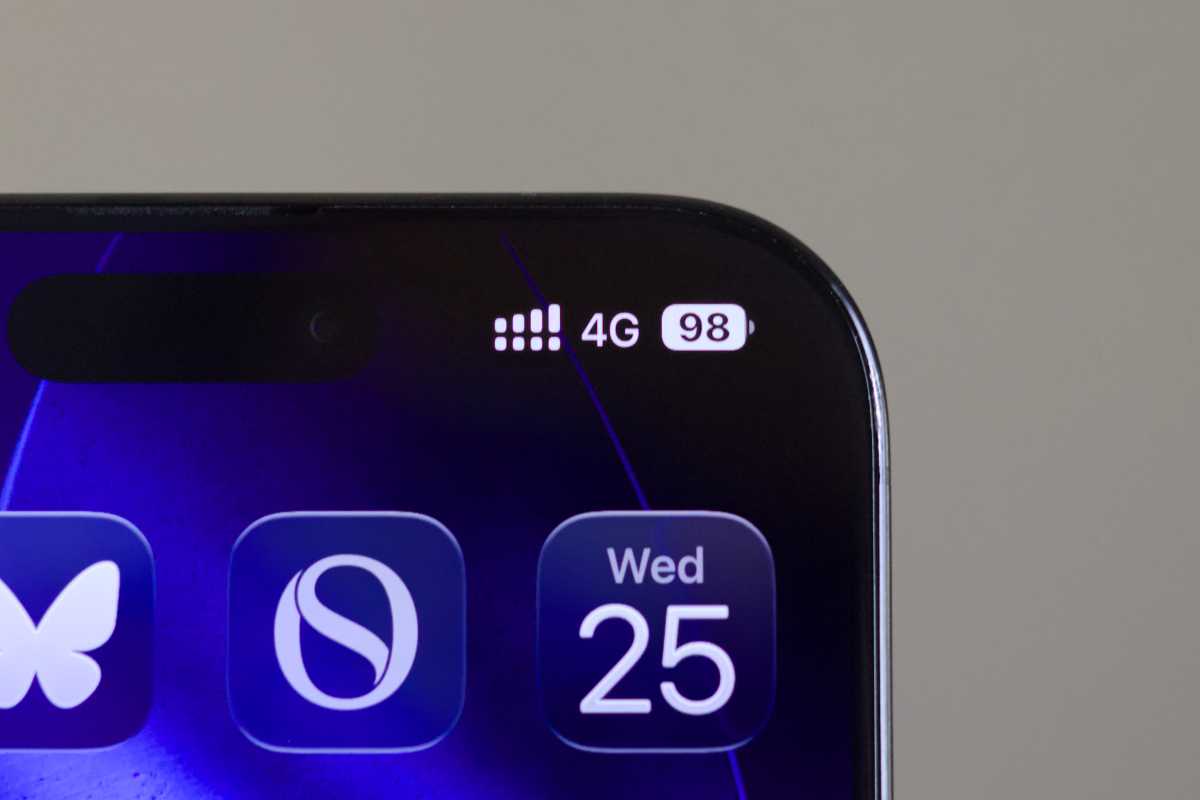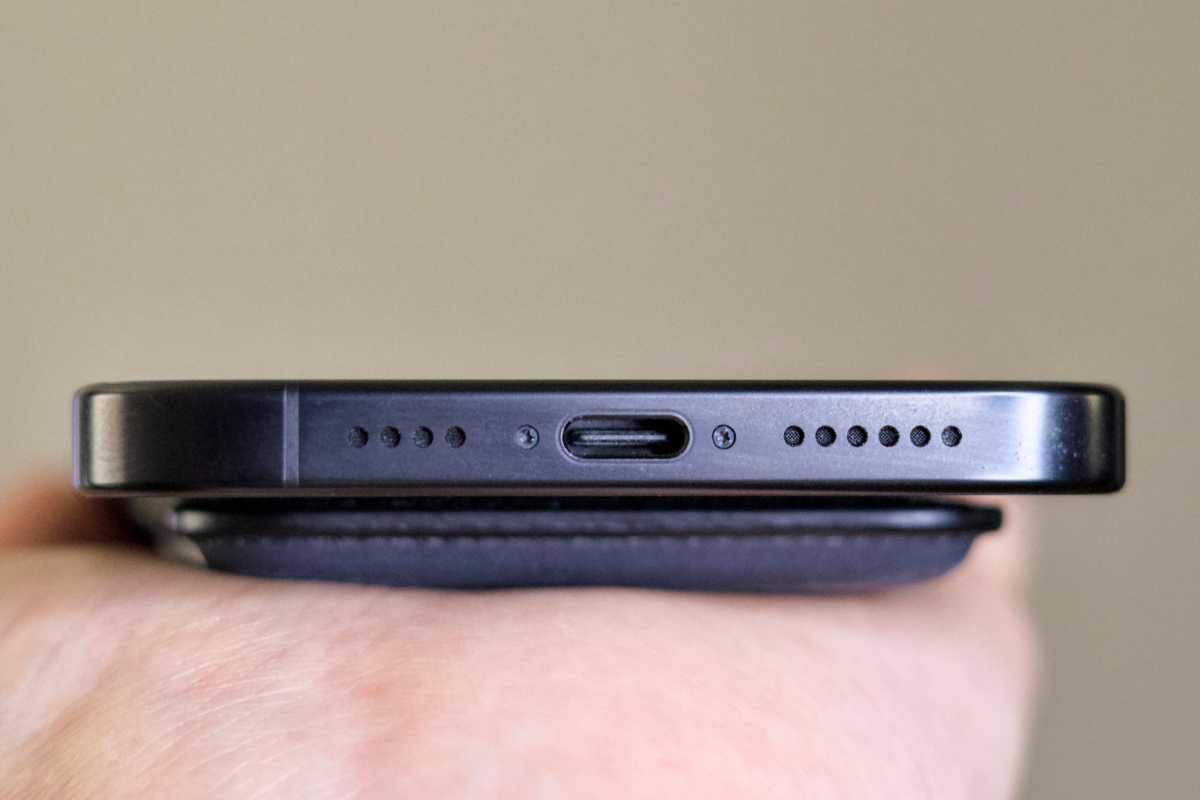Part Number: BQ34Z100-G1
I see abrupt changes in SoC, SoH, temperature, current and voltage. Below is FuelGauge trace from my equipment
Qsns
1. What could cause below abrupt changes in SoC, SoH, temperature, current and voltage?
2. We can reproduce this reliably in 4-12 hrs span. What other parameters from bq34z100-G1 do you want us to record that may help with investigation?
3. I have two other devices on same I2C bus as bq34z100-G1 (total 3). Is this okay?
4. Can I issue reset 0x0041 command when I see SOH = 0 or cstatus=0? Is there a better indicator of FuelGauge fault that warrants a reset 0x0041 command?
"10/21/2019 6:58:01 PM",vbat = 12056, ibat = -131, temp = -33.15, soc = 26, soh = 100, rcap = 135, fcap = 528, avgcur = -116, cycles = 8, cstatus = 0005
"10/21/2019 6:58:02 PM",vbat = 12000, ibat = -131, temp = -33.15, soc = 26, soh = 100, rcap = 135, fcap = 528, avgcur = -117, cycles = 8, cstatus = 0005
"10/21/2019 6:58:03 PM",vbat = 11964, ibat = -121, temp = -33.15, soc = 26, soh = 100, rcap = 135, fcap = 528, avgcur = -118, cycles = 8, cstatus = 0005
"10/21/2019 6:58:05 PM",vbat = 14400, ibat = 0, temp = 19.85, soc = 0, soh = 0, rcap = 0, fcap = 4500, avgcur = 0, cycles = 8, cstatus = 0000
"10/21/2019 6:58:05 PM",vbat = 14400, ibat = 0, temp =19.85, soc = 0, soh = 0, rcap = 0, fcap = 4500, avgcur = 0, cycles = 8, cstatus = 0000
"10/21/2019 6:58:06 PM",vbat = 12052, ibat = -112, temp = -33.15, soc = 0, soh = 0, rcap = 0, fcap = 375, avgcur = -7, cycles = 8, cstatus = 0005















